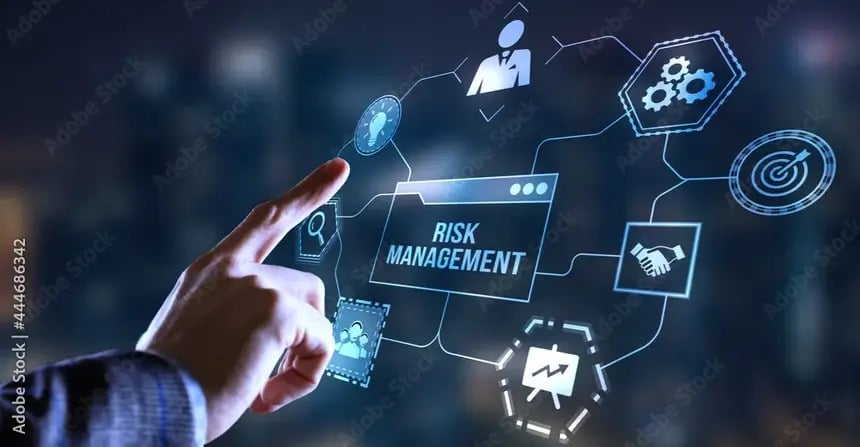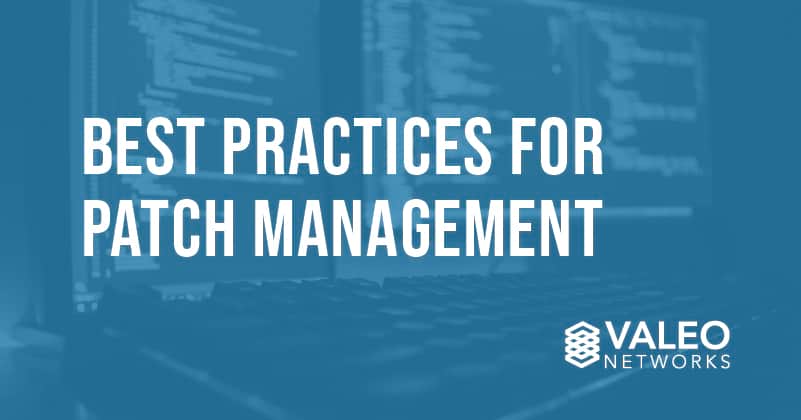The Role of IT Compliance in Risk Management and it compliance strategy
Risk management is the process of identifying all possible risks to your business and building a plan to prevent or counteract them. This includes...
Ransomware attacks have emerged as one of the most threatening cyber breaches, wreaking havoc on individuals and businesses. According to the latest ransomware statistics, global ransomware attacks were estimated at 236.1 million in the first half of 2022.
This post aims at providing businesses with valuable insights and practical guidance on mitigating the consequences of ransomware attacks. To protect your digital assets from cyber threats, there are several strategies. For example, you can implement strong security measures and partner with a managed service provider. These strategies will help you stay safe in an ever-changing cybersecurity landscape.
Ransomware is malicious software designed to deny users access to files on their devices until a ransom is paid. Cyberattackers encrypt files and demand a ransom payment for the decryption key. Typically in some untraceable currency like Bitcoin or gift cards.
The original ransomware design is quite sophisticated. First, a piece of malware invades one computer. Some then seek to spread throughout an entire company network. Then it quietly encrypts all local files so they become completely inaccessible and unrecoverable. Then it delivers a lock-out ransom note demanding cryptocurrency or some other untraceable online payment be sent to a virtual account. If the money is sent, the files will be unencrypted and the business will be able to return to normal.
Common types of ransomware cyber attackers use include:
Ransomware can be distributed on the target computer to cause any of the intended harm. The most common vectors attackers use to distribute ransomware include phishing emails, compromised websites, malicious attachments, and exploit kits.
Lastly, there is even malware that is designed to look like ransomware but is often little more than a threatening pop-up. Unskilled hackers trying to ride the ransomware wave will use this tactic to see if anyone can be scared into paying without running a security and recovery check on their systems first.
Ransomware attack preventive measures are crucial in safeguarding systems and networks from the devastating consequences. Users and organizations can identify vulnerabilities, apply security patches, and take preventive actions before attackers exploit them.
Some key tips on securing systems and networks against ransomware attacks include:
Employees are the first line of defense in preventing ransomware attacks. Their actions have a significant impact on an organization's cybersecurity hygiene. It is highly suggested to offer your employees training on safe browsing practices, identifying phishing emails, and avoiding suspicious links and attachments.
Schedule regular phishing awareness campaigns and conduct simulated phishing exercises to reinforce best practices and a culture of vigilance. Provide guidelines and policies on acceptable technology usage and reporting procedures for potential security breaches.
Regular data backups are cost-effective against ransomware attacks allowing you to restore encrypted data without paying a ransom. Ensure you schedule regular and automatic backups for all your important files. Store your backup files offline or in a secure place where attackers can't promise them.
Encrypt your backup data to enhance security and protect confidentiality. Test backup restoration regularly to ensure it's reliable. Limit your backup systems and data access to authorized personnel only. And lastly, keep multiple copies of your backups in separate locations to mitigate the risk of data loss.
Endpoint protection is a security feature designed to protect individual devices, like computers and mobile devices, from malware and unauthorized access. They include protection tools such as antivirus, firewalls, and behavior-monitoring features for detecting and preventing ransomware infections.
It is important to consider several factors when choosing an endpoint protection and security solution. These factors include real-time threat detection, compatibility with existing structures, and regular updates. Strong security solutions require proper configuration, centralized management, and regular monitoring.
Safe browsing habits and responsible device usage can strengthen your endpoint protection defense against ransomware attacks and enhance overall system security.
Network segmentation is a crucial ransomware prevention strategy involving dividing a network into smaller, isolated segments with restricted access. This limits ransomware spread to other network segments if one segment is infected.
However, using network segmentation to manage ransomware requires implementing proper access controls and applying the principle of least privilege. This includes limiting permissions to only what's necessary for the user's roles. Also, conduct regular reviews and updates of access rights. Separate critical systems and data from less sensitive areas and implement strict control and monitoring measures.
Early detection of a potential ransomware attack on your system or network allows you to promptly identify and respond to threats. This minimizes the size of the damage, prevents further spread, and enables swift containment and remediation of the attack.
Here are steps to take once you receive a threat intelligence on your system or network:
You can then communicate with a managed service provider for in-depth network security assessments and expedition of recovery measures.
Sharing threat intelligence can help prevent and minimize the damage caused by ransomware attacks. This practice offers many benefits to other stakeholders involved in dealing with these attacks. For instance, the timely sharing of relevant information on emerging threats and attack techniques allows a collective defense against common adversaries. It enhances collaborative response allowing organizations to proactively protect their systems and networks.
Sharing threat intelligence also improves situational awareness, enabling organizations to understand the larger threat landscape and potential vulnerabilities. This fosters trust and collaboration among workers, facilitating the exchange of best practices in curbing ransomware attacks.
Stakeholders can collaborate in the collaborative threat intelligence initiative by creating a central information sharing and analysis. They can also partner with trusted peers and frequently engage in industry-specific forums.
Cybercriminals are using sophisticated tools to infiltrate security measures put in place by organizations to protect their systems. Businesses must, thus, have effective recovery and restoration strategies to prevent, detect, or recover their data if an attack occurs.
If you are subjected to a ransomware attack, it is important to have protocols already in place for a swift and effective recovery. This recovery will depend on the type of ransomware you have been attacked with and the type of recovery necessary. Having a recovery and restoration plan can help you minimize the cost of a ransomware attack by reducing downtime and mitigating potential damage.
Ransomware attacks pose significant threats to individuals and businesses that can lead to substantial financial and data losses. This necessitates robust prevention, detection, and recovery strategies.
Adequate security measures, including recovery and restoration strategies, are crucial for minimizing damage and ensuring business continuity. By adopting the strategies in this article, organizations can protect themselves against the growing menace of ransomware attacks. Need help managing ransomware attacks? Contact us today.


Risk management is the process of identifying all possible risks to your business and building a plan to prevent or counteract them. This includes...

It’s no surprise that modern enterprises will experience cyber threats. Organizations can mitigate the risk through best practices such as enabling...

Cybercrime inflicts a heavier financial toll on its victims than natural disasters worldwide. Perpetrators view it as a lucrative illicit path, often...

With cutting-edge technology and quality customer service,
you’ll find everything you need to help your company soar
with Valeo Networks.
1006 Pathfinder Way
Rockledge, FL 32955
Business Hours:
M-F: 8AM-9PM
© 2025 Copyright Valeo Networks. All Rights Reserved.